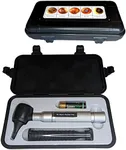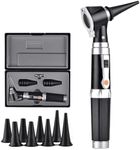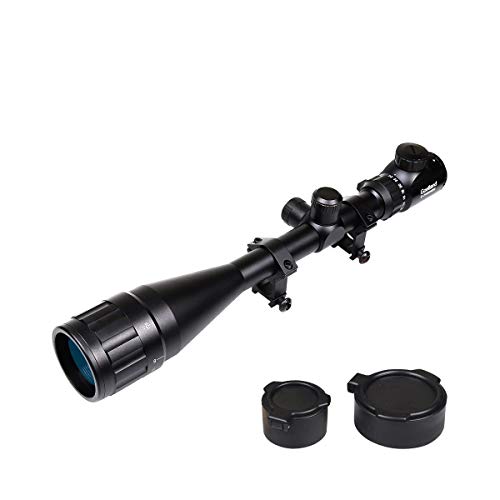Buying Guide for the Best Otoscopes
Choosing the right otoscope is crucial for healthcare professionals and even for home use, as it allows for the examination of the ear canal and eardrum. When selecting an otoscope, it's important to consider the specific needs and usage scenarios, whether it's for professional medical practice or personal use at home. Understanding the key specifications will help you make an informed decision that best suits your requirements.MagnificationMagnification in an otoscope is important because it allows you to see the details of the ear canal and eardrum more clearly. Typically, otoscopes offer magnification levels ranging from 2x to 5x. A higher magnification level provides a more detailed view, which is beneficial for diagnosing ear conditions. If you're a healthcare professional, you might prefer higher magnification for more detailed examinations. For home use, a moderate magnification level might suffice for basic checks.
Light SourceThe light source in an otoscope is crucial as it illuminates the ear canal, making it easier to see inside. Common light sources include halogen, LED, and xenon. LED lights are popular due to their brightness and energy efficiency, providing a clear view without generating much heat. Halogen lights offer good brightness but may consume more power. If you need an otoscope for frequent use, an LED light source is often preferred for its longevity and clarity. For occasional use, halogen might be adequate.
PortabilityPortability refers to how easy it is to carry and use the otoscope in different settings. Some otoscopes are designed to be compact and lightweight, making them ideal for mobile healthcare providers or home use. Others might be larger and more suited for stationary use in a clinic. If you need to travel with your otoscope or use it in various locations, a portable model would be beneficial. For a fixed location, a larger, more robust model might be more appropriate.
Specula SizesSpecula are the tips that are inserted into the ear canal, and having a range of sizes is important for examining different patients, especially children and adults. Otoscopes often come with interchangeable specula of various sizes. If you are a healthcare professional, having multiple sizes is essential to accommodate different ear canal sizes. For home use, ensure the otoscope includes sizes that fit the intended users, such as family members.
Battery TypeThe battery type affects the otoscope's usability and convenience. Otoscopes can be powered by disposable batteries, rechargeable batteries, or even a direct power source. Rechargeable batteries are cost-effective and environmentally friendly, making them suitable for frequent use. Disposable batteries might be more convenient for occasional use, as they can be easily replaced. Consider how often you will use the otoscope and choose a battery type that aligns with your usage pattern.











